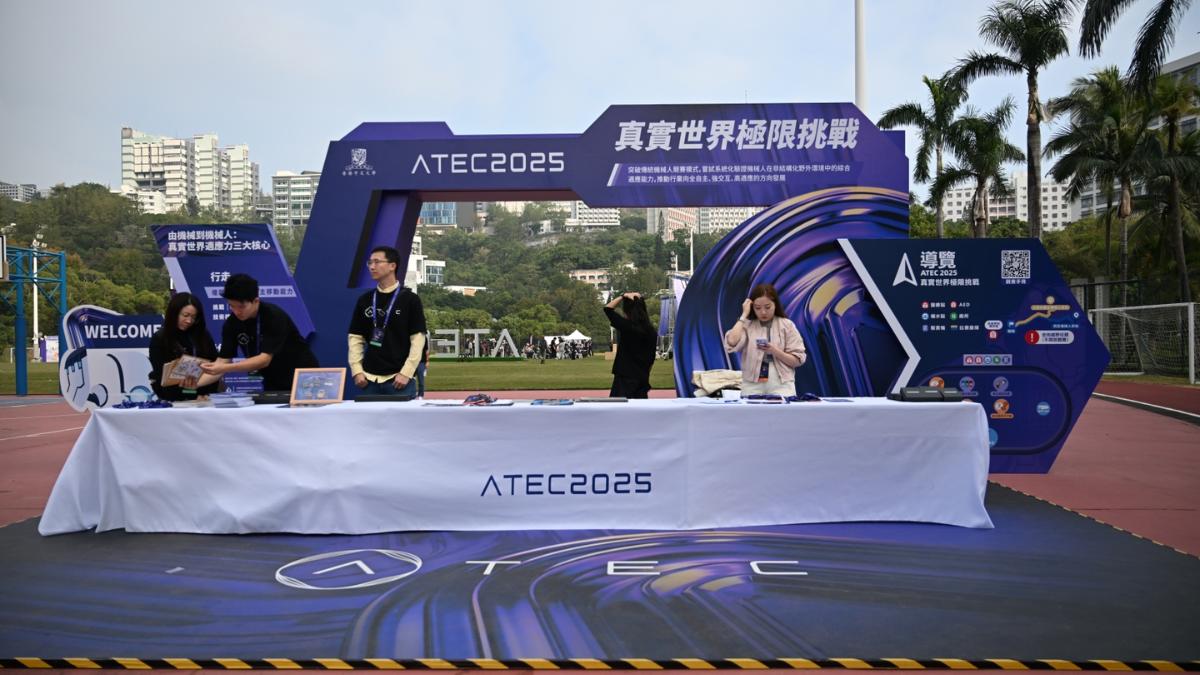Meta, led by CEO Mark Zuckerberg, is moving quickly to make a future where smartphones are no longer the center of our digital lives.
The company is focusing on a new generation of augmented reality (AR) glasses and wearable tech to become the main way people interact with the digital world.
New Smart Glasses: More Immersive and Versatile
Meta’s new smart glasses are going beyond improving the current Ray-Ban Stories. Through two key projects, Supernova and Hypernova, the company is designing glasses that cater to different needs.
The Supernova 2, launching this year, is built for active users, especially cyclists and outdoor athletes. It has built-in speakers, a camera, and AI-powered smart features, allowing users to access information without using their phones.
The more advanced Hypernova glasses take a significant step forward. They include a miniature display in the right lens, showing messages, notifications, and photo previews.
While not yet full AR, it brings users closer to an interactive visual experience. These glasses are expected to cost around $1,000.
Pioneering Augmented Reality: Orion and Artemis
Meta is also working on two ambitious AR projects: Orion and Artemis. The Orion prototype is Meta’s first serious attempt at fully immersive AR.
It requires a wristband to read muscle signals and a separate processing unit for computing tasks. Priced at around $10,000, Orion will be released in 2026 for developers and testers.
The follow-up device, Artemis, planned for 2027, will be lighter and more practical for everyday users. It will continue using advanced controls like the smart wristband, making augmented reality more comfortable.
Building a Wearable Ecosystem Beyond Glasses
Meta is not just focusing on glasses. It’s building an ecosystem of wearable devices, including wireless earbuds with built-in cameras.
These earbuds will use AI to analyze the user’s surroundings, offering a more immersive experience. A smartwatch is also in development, which could help connect all of Meta’s devices.
Meta’s vision is ambitious, but it faces a tough challenge. Convincing people to replace their smartphones — which they rely on daily — with new tech won’t be easy. Cost, convenience, and user habits will be key factors in determining whether this shift happens.











